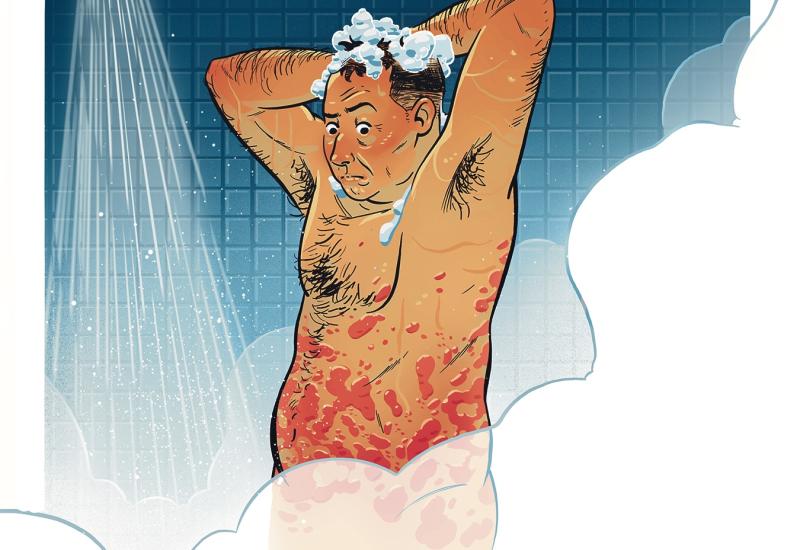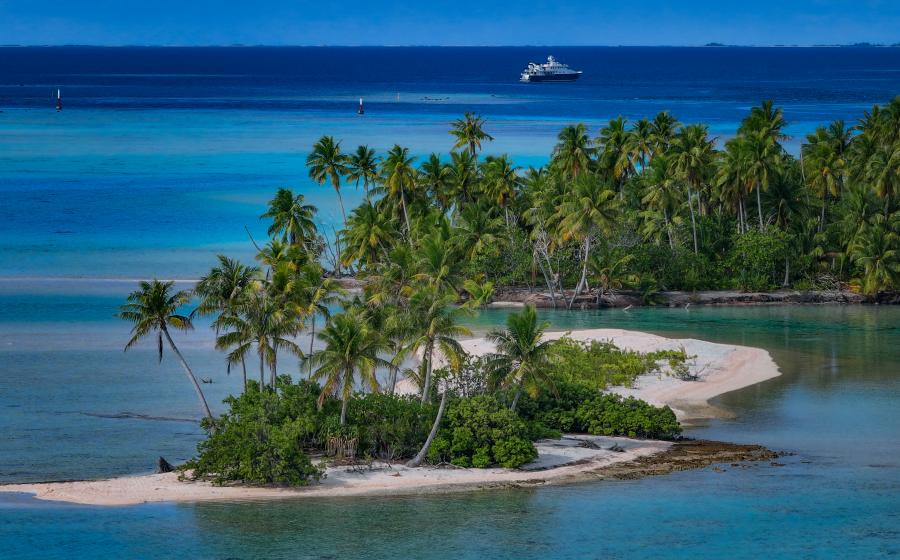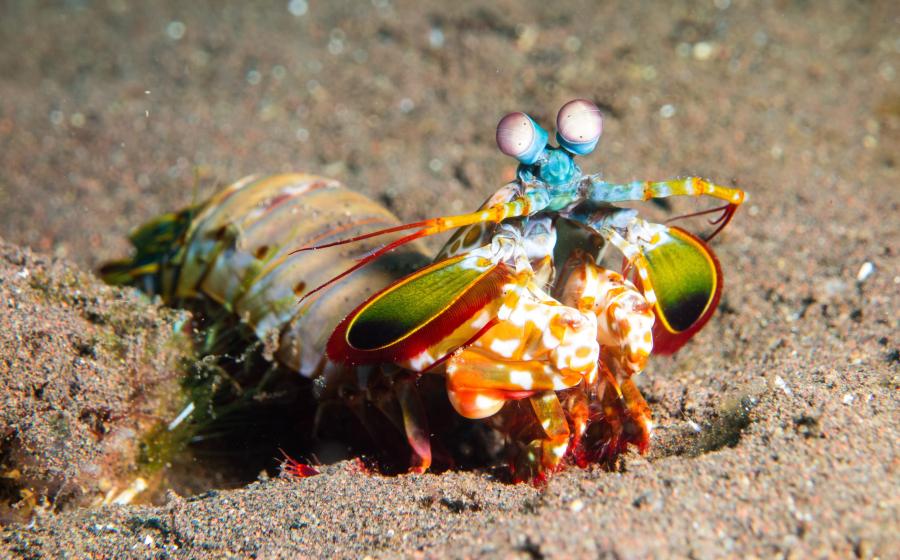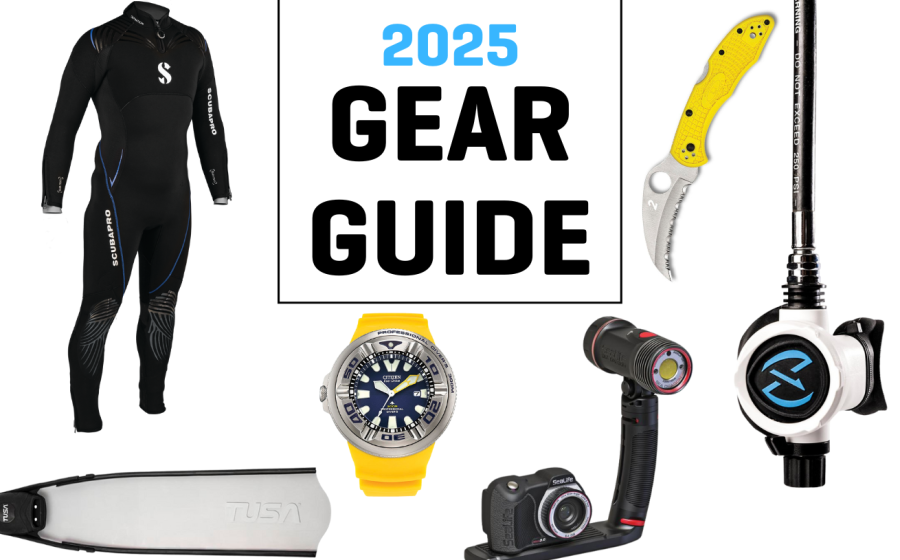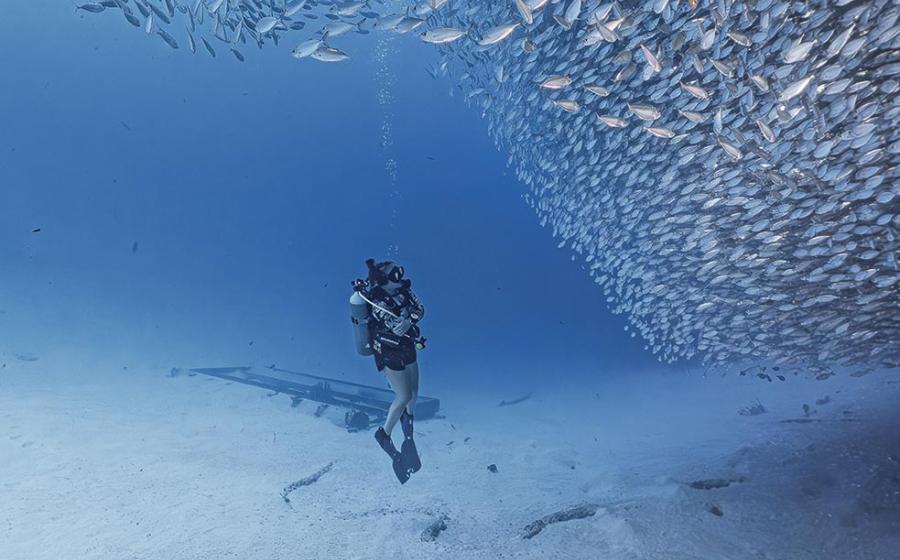Nitrox Scuba Diving Guide

iStockphotoThe cool thing about nitrox diving is that you can either substantially stretch out your time at depth, or you can build a sizable safety cushion into your dive plan.
You see them everywhere these days, strapped to boat racks, propped up on beach tarps amid piles of dive gear — cylinders with bright-yellow and green bands signifying enriched air nitrox (EAN). The PADI Enriched Air Diver course is PADI’s most popular specialty scuba diving course, and it’s easy to see why.
The cool thing about nitrox diving is that you can either substantially stretch out your time at depth, or you can build a sizable safety cushion into your dive plan. This is because while air is comprised of 21 percent oxygen and close to 79 percent nitrogen, in nitrox the oxygen concentration can be anything above 21 percent. That means there’s less nitrogen in the mix, which in scuba diving is always a good thing. Divers will usually find two nitrox mixes offered at fill stations, 32 percent and 36 percent, with 32 percent being the most popular because it hits recreational diving’s sweet spot in terms of time and depth.
Related Reading: The Future of Adaptive Diving Programs
It is the higher percentage of oxygen, and the proportionately lower percentage of nitrogen, that allows divers to extend their time at depth. For example, using the computations of a typical dive computer (with a rather liberal algorithm), a diver breathing air at a depth of 60 feet will hit his no-decompression limit in 57 minutes; at 100 feet, he hits it in 19 minutes. However, if he were making these same dives on 32 percent nitrox, he would be able to increase his bottom time by about 40 percent. Now we’re talking 92 minutes at 60 feet, and 30 minutes at 100 feet. That’s a whole lot more underwater sightseeing per tank of gas.
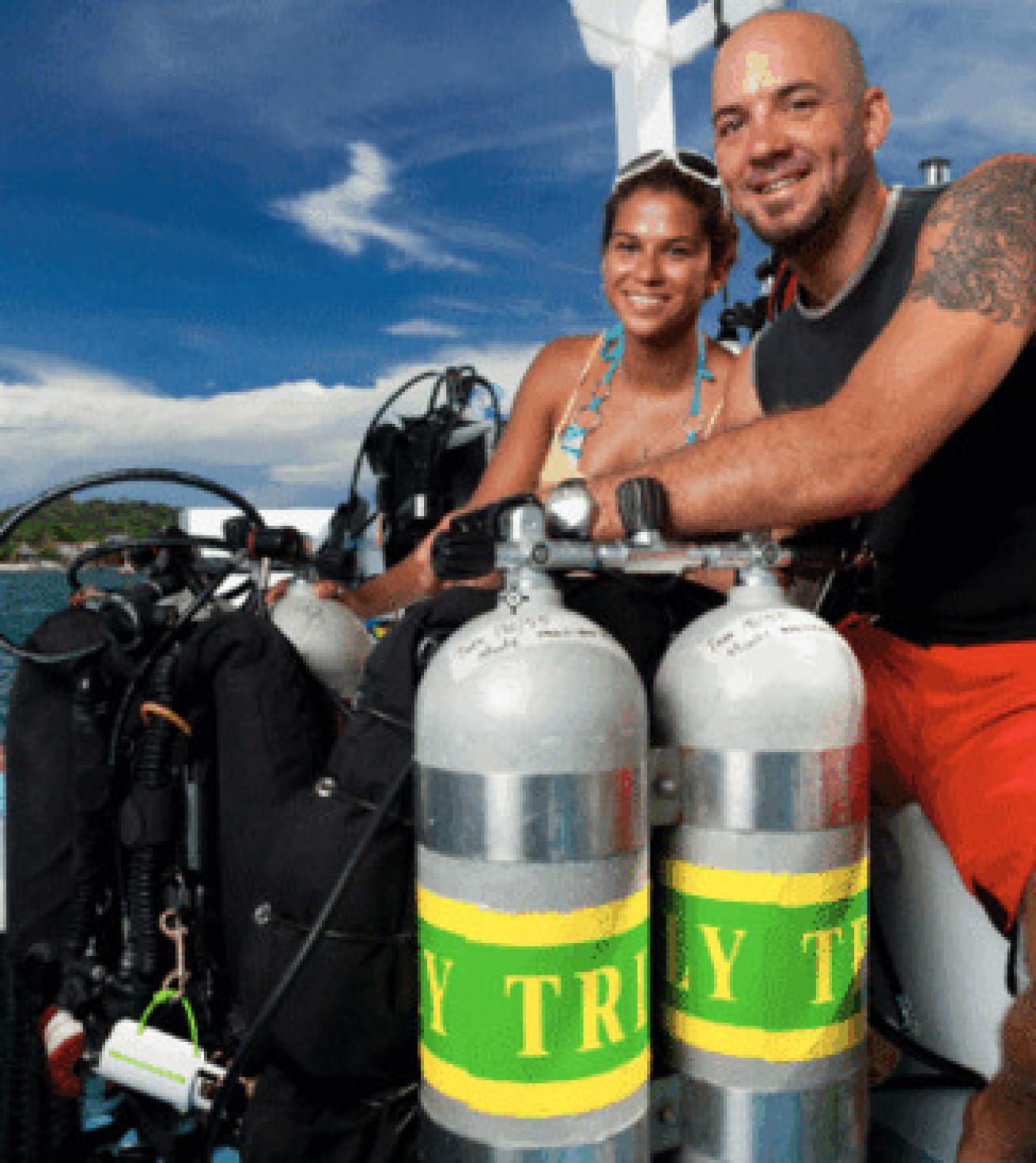
iStockphotoNitrox Divers
Two divers prepare their gear with Nitrox tanks
For divers at higher risk for decompression sickness due to previous DCS hits, physical injuries, lack of conditioning or advanced age, building in an extra safety cushion might be the preferred objective. In this case, by breathing a nitrox mix while diving an air profile, you can make a 57-minute dive at 60 feet and at the end of it still be more than 30 minutes away from your no-deco limit. While this doesn’t guarantee 100 percent safety, common sense says the farther you stay away from your no-decompression limit, which indicates a lower level of nitrogen being absorbed into the body, the less likely you are to get bent.
Of course, like everything in life, nitrox has its downside, and that revolves primarily around depth. If you’re the type of diver who likes to go deep, you can save yourself a lot of grief by staying away from nitrox.
Oxygen in high concentrations can become hazardous, potentially leading to acute oxygen toxicity, which can cause convulsions that can lead to drowning. Breathing air, a diver would have to descend to depths exceeding 200 feet in order for oxygen toxicity to become an issue. However, when diving on nitrox, the potential for oxygen toxicity lurks well within the depth range of recreational diving: the maximum depth on 32 percent nitrox is 121 feet; on 36 percent nitrox, it’s just over 100 feet. Many divers regularly cruise at these depths and even deeper without giving it a second thought.
Related Reading: What It's Like to Be a Scuba Diving Influencer
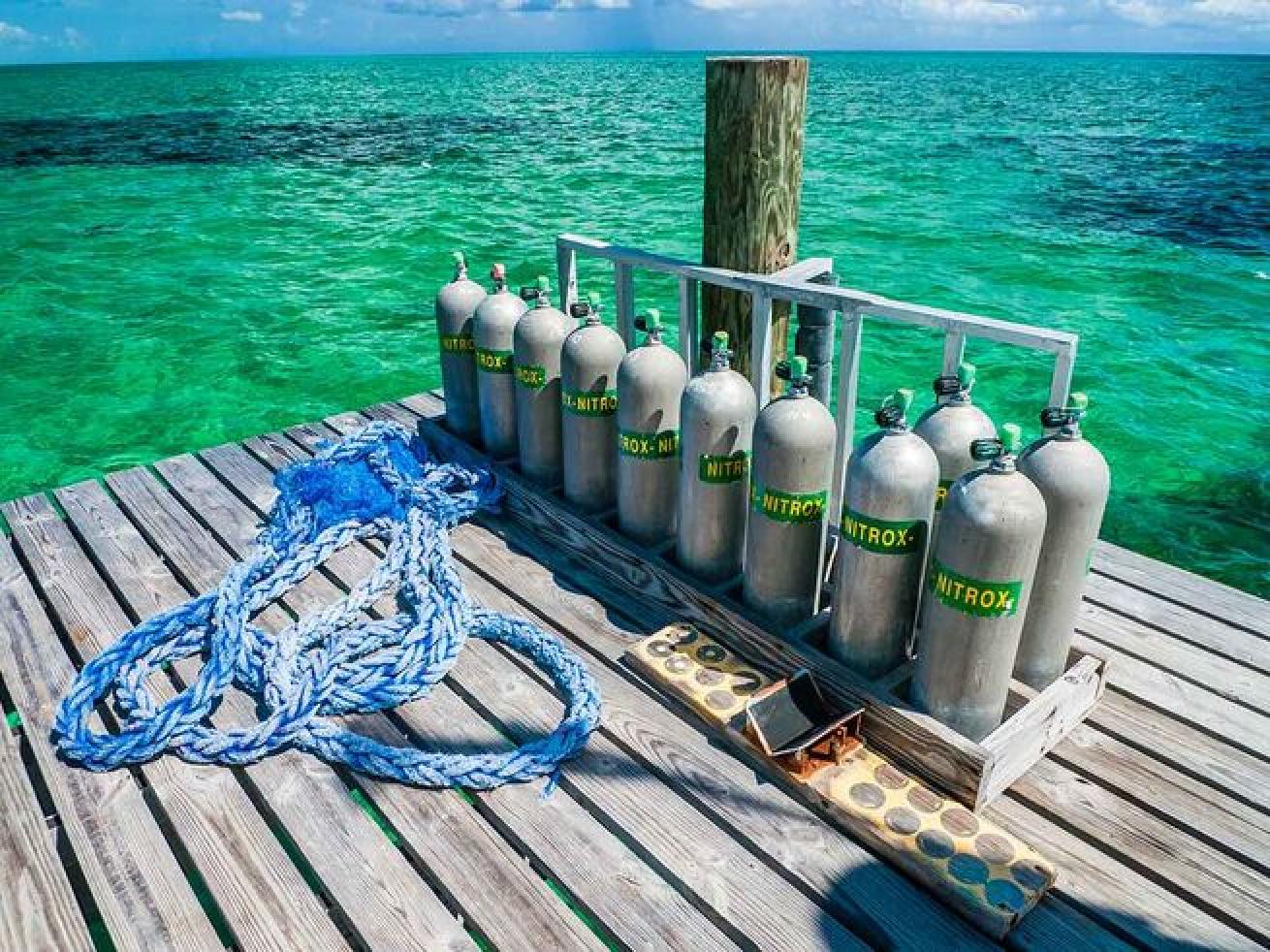
iStockphotoYou need to have an understanding of the gas mixtures, the partial pressures, and the depth limitations when it comes to diving on nitrox.
Obviously, there is much to know when it comes to diving nitrox. You need to have an understanding of the gas mixtures, the partial pressures, and the depth limitations. You need to know how to check the mix in a cylinder and then plan the dive accordingly. In short, you need to get the proper training through programs like PADI’s Enriched Air Diver course.
As part of your Enriched Air Diver Specialty course, you'll learn about:
- Techniques for getting more dive time by using enriched air nitrox
- Enriched air scuba diving equipment considerations
- Enriched air considerations, including managing oxygen exposure, how to tell what's in your scuba tank and how to set your dive computer
So is it worth the effort of investing in yet another dive class? It can be for those divers who spend their at-depth time in 50 to 100 feet of water (shallower than that and you’ll probably empty your tank before running out of dive time, deeper than that and you’re venturing way too close to potential oxygen toxicity), as well as for those who dive in waters where hypothermia caused by extended bottom times isn’t an issue. It can also be a huge benefit for divers who want to build a big safety cushion into their dive profiles. The key is to get clear on your objectives, get the right training, be always alert, and most of all, watch that depth. The pay-off: a future filled with longer, safer diving adventures.


